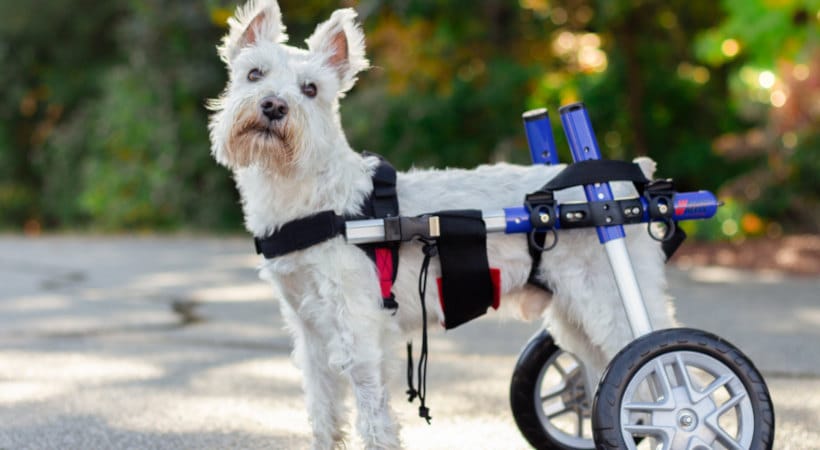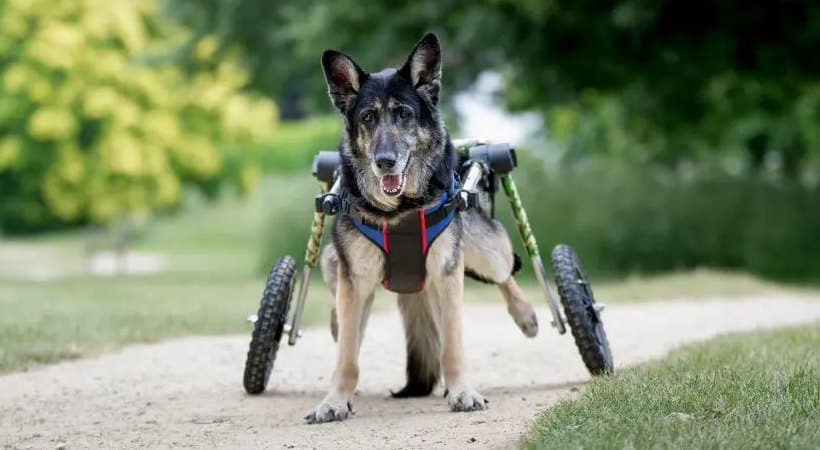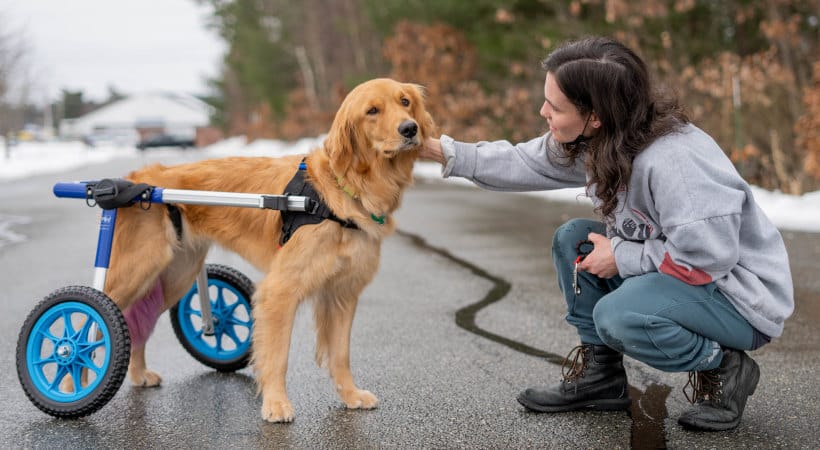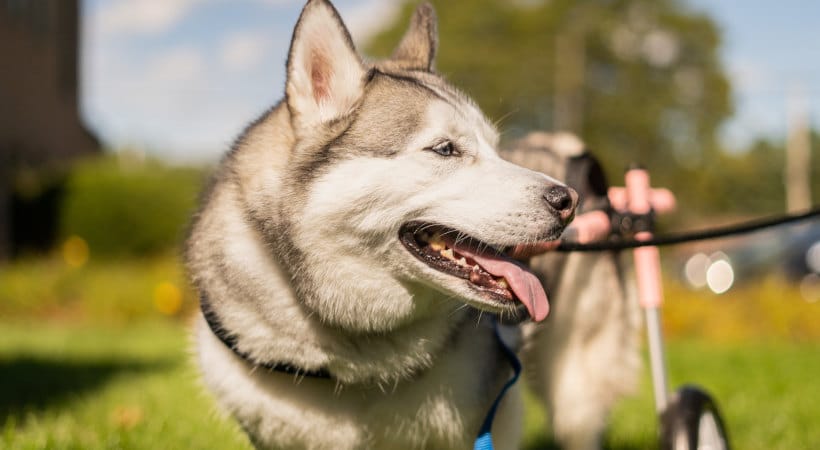If you’ve got a pet, you want to do everything possible to ensure they live a long, happy, and healthy life. Unfortunately, animals can be plagued by mobility issues, much like humans. As a pet owner, it’s your responsibility to help your furry friend cope with restricted mobility. This guide provides some solutions to help you maintain your pet’s quality of life.
Educate yourself about pet mobility causes
The first step in addressing pet mobility issues is understanding them. Common causes of mobility issues in dogs include injuries, birth defects, and age-related disorders like arthritis. While you can’t prevent all of these issues, you can minimize the risk of some of them. For example, helping your pet maintain a healthy weight reduces the risk of arthritis.
Cats can likewise suffer from mobility issues related to age, accidents, or congenital disability. Excess weight is also a risk factor for felines. Breed and genetics are additional points to consider. Some types of felines, like Siamese and Persian cats, are more prone to problems like hip dysplasia.
Walkin’ Wheels Wheelchair View Product Walkin’ Lift Rear Harness View Product Walkin’ Combo Harness View Product
Know the signs of potential mobility issues
Knowing the potential cause of animal mobility issues can help you minimize your pet’s risk of developing them. You can further support your pet by recognizing signs of reduced mobility quickly. This is the first step to getting your four-legged friend the help they need—something the next section provides greater detail on.
Tell-tale signs that your dog may have mobility issues include a change in gait, a reduced interest in playing, and becoming more defensive toward other dogs. They may also repeatedly turn in circles before they lie down or pace at night. Cats may become less active and avoid jumping up on high surfaces they once frequented, like window sills.
Get external support to help improve your pet’s quality of life.
If you notice signs of mobility issues in your cat or dog, consult a veterinarian as soon as possible. An animal healthcare professional can diagnose the problem and provide tips for lifestyle changes or medication to help. For example, arthritic animals may benefit from weight loss. The American Veterinary Medical Association has tips for finding a qualified vet.
Also, consider what changes you can make to help your pet. For example, avoid bringing stress home from work. Your pet can sense your agitation, adding to the stress they may already be experiencing due to pet mobility problems. You want to create a home for your pet that accommodates their needs physically and ensures their comfort emotionally.
Take steps to help your pet stay mobile.
Once you’ve confirmed that your pet has a mobility problem, please do what you can to help them stay active. For example, Walkin’ Pets offers devices designed to support aging, hurt, or elderly pets and keep them moving. Dog harnesses and wheelchairs can help your furry friend maintain their quality of life.
You can also help by creating a more comfortable environment at home. For example, if your dog has back issues, consider putting a comfy mat down in front of its food bowl. The extra padding will help soothe aching limbs and joints. Another example: If your cat can’t hop to their favorite window sill anymore, give them a cat tree they can climb to get there.
Seeing your pet struggle with reduced mobility can be heartbreaking. The good news is that there are solutions to help. Educating yourself about mobility issues and taking action, like providing them with mobility devices, is a smart move.













